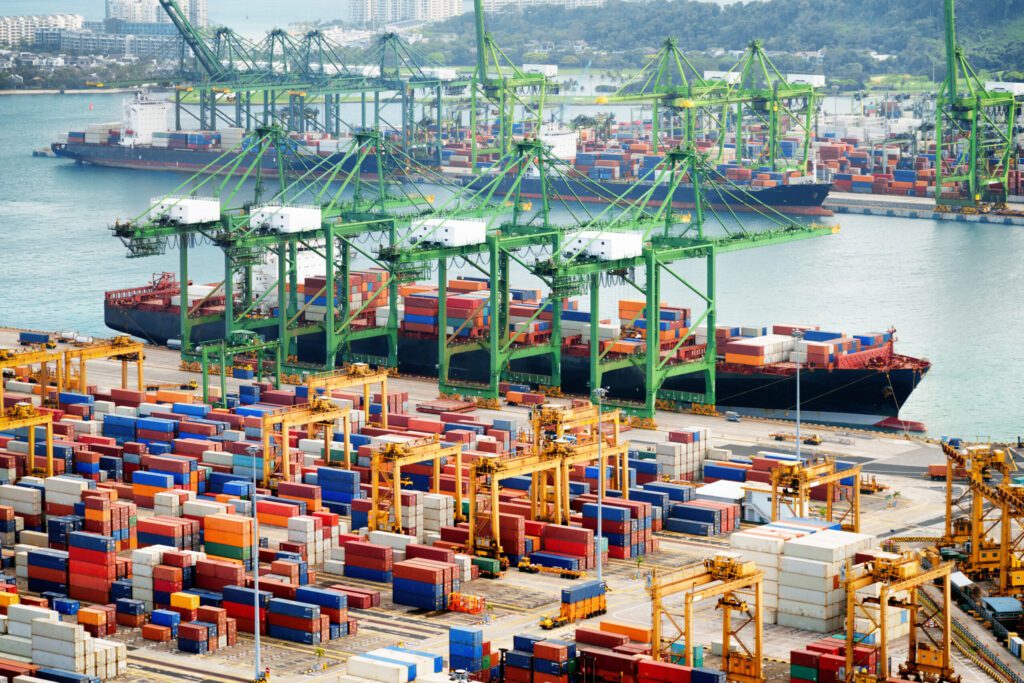The American Association of Port Authorities (AAPA) is sounding the alarm over a proposed 100% tariff on Chinese-manufactured ship-to-shore (STS) cranes, warning it could impose billions in additional costs on U.S. ports.
Read also: Chinese Crane Manufacturer Denies Cybersecurity Concerns Raised by US Officials
Testifying at a recent U.S. Trade Representative (USTR) hearing, AAPA President and CEO Cary Davis argued that the tariff would do little to revive domestic crane manufacturing—an industry that has been dormant for decades—and would instead place a significant financial burden on publicly funded port authorities.
“Imposing a new 100% tariff on Chinese STS cranes won’t create a domestic industry overnight,” Davis stated in written comments to the Federal Register. “It will only raise costs for ports that urgently need to modernize their equipment.”
Currently, no U.S. companies manufacture STS cranes, and Chinese firms—particularly ZPMC—dominate the market. A joint survey by AAPA and the Maritime Administration revealed that 55 cranes are currently on order for U.S. ports, 44 of which are being sourced from China. Over the next decade, U.S. ports are expected to acquire 151 cranes, with about 80% projected to come from Chinese suppliers.
Before tariffs, a ZPMC crane cost roughly $15 million. With the proposed tariff layered atop existing duties, AAPA estimates that U.S. ports could face $6.7 billion in additional costs over the next 10 years. For instance, the Port of Houston, which has eight ZPMC cranes scheduled for delivery in 2026, could be hit with $302.4 million in extra fees if the tariff is applied.
The AAPA has urged the USTR to consider exemptions for cranes ordered before April 17, 2025, delay implementation by one to two years, and clarify whether the proposed Section 301 tariffs will be cumulative with existing duties.
In a related move, the AAPA also expressed opposition to a proposed $150 per car equivalent unit fee on foreign vehicle carriers, citing potential harm to automotive trade flows.
Meanwhile, a surprise 90-day suspension of certain tariffs between the U.S. and China has caught shipping lines off guard, prompting a rapid reassessment of transpacific capacity in preparation for the upcoming peak shipping season.

